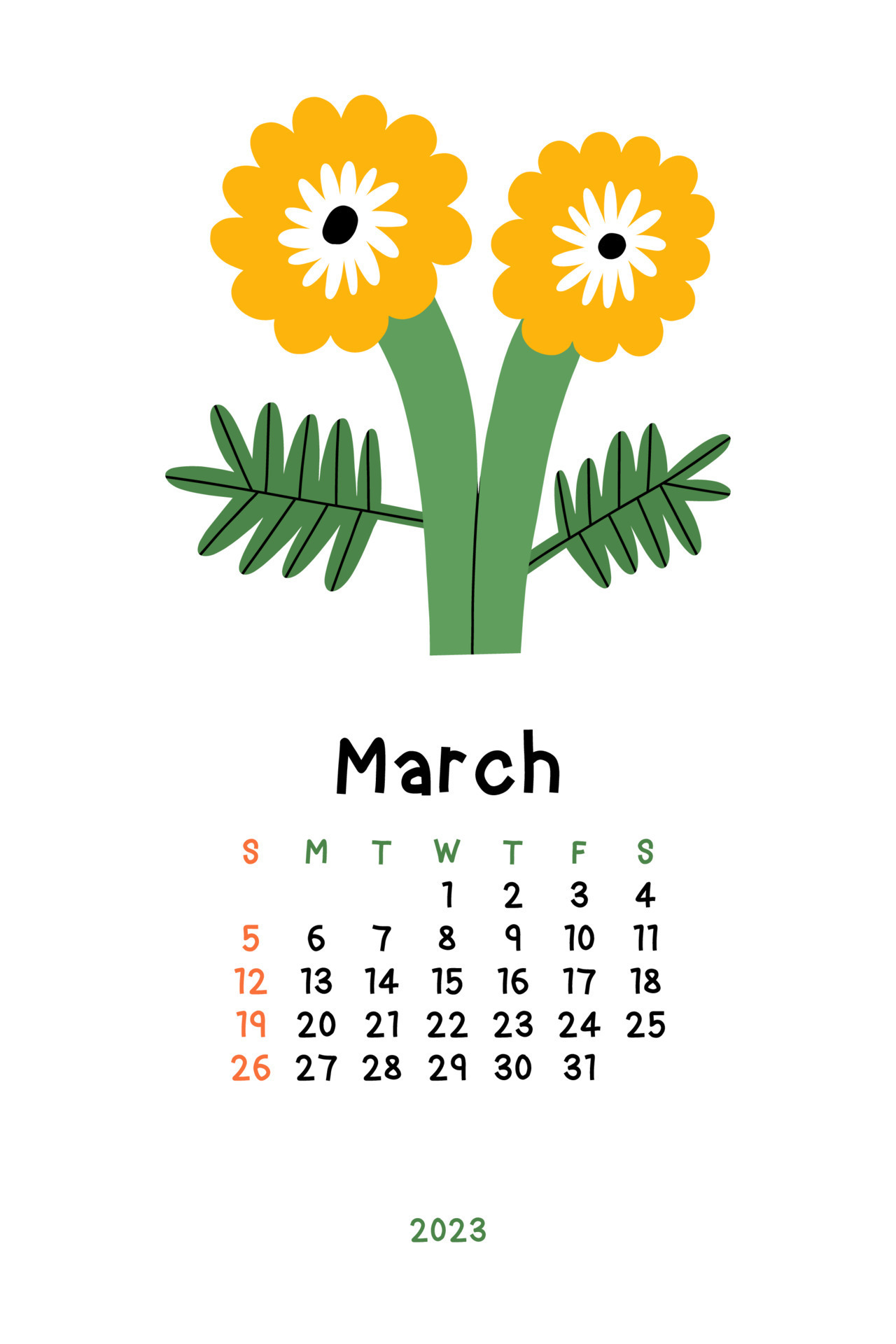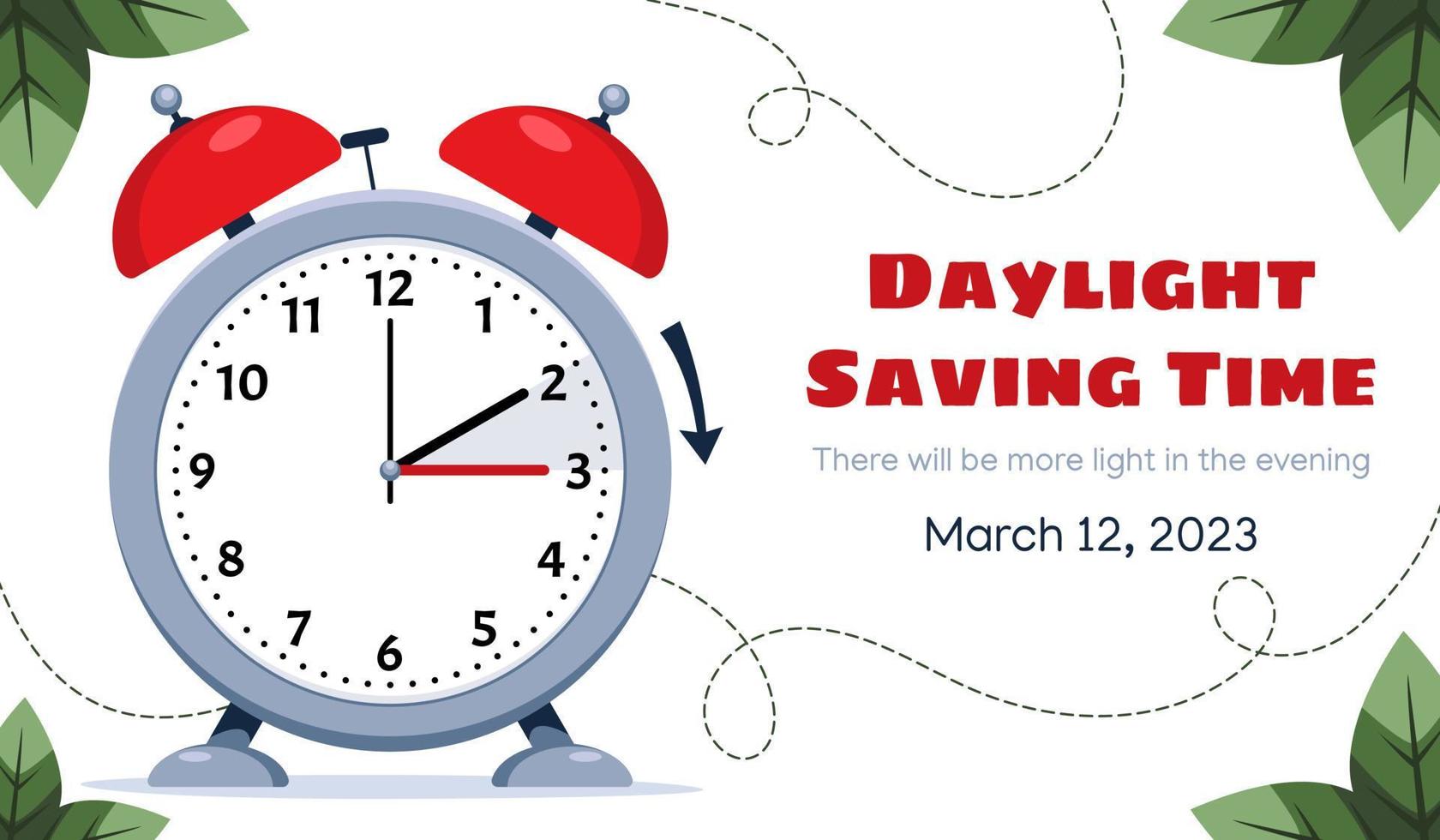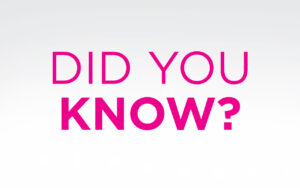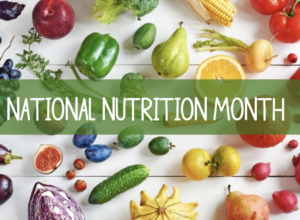



March
 “March” is named for the Roman god of war, Mars. This was the time of year to resume military campaigns that had been interrupted by winter. In the early Roman calendar, March (or Martius) was the first month of the calendar year. As March brought the first day of spring with the vernal equinox, it was the start of new beginnings. March became the third month when January and February, which were added to the end of the Roman calendar around 700 BCE, instead became the first and second months around 450 BCE.
“March” is named for the Roman god of war, Mars. This was the time of year to resume military campaigns that had been interrupted by winter. In the early Roman calendar, March (or Martius) was the first month of the calendar year. As March brought the first day of spring with the vernal equinox, it was the start of new beginnings. March became the third month when January and February, which were added to the end of the Roman calendar around 700 BCE, instead became the first and second months around 450 BCE.
National Nutrition Month
National Nutrition Month® is an annual campaign created 50 years ago in 1973 by the Academy of Nutrition and Dietetics. During the month of March, everyone is invited to learn about making informed food choices and developing healthful eating and physical activity habits.

This year’s theme is “Fuel for the Future.” Eating with sustainability in mind is a tasty way to nourish ourselves during every phase of life and protect the environment. A Registered Dietitian Nutritionist can help you create healthy habits that are sustainable and celebrate your unique needs.
National Nutrition Month Weekly Messages
Week 1: Eat with the environment in mind.
- Enjoy more plant-based meals and snacks.
- Purchase foods with minimal packaging.
- Buy foods in season and shop locally when possible.
- Start a container or backyard garden to grow food at home.
Week 2: See a Registered Dietitian Nutritionist (RDN).
- Ask your doctor for a referral to an RDN.
- Find an RDN who specializes in your unique needs.
- Learn how nutrient needs may change with age.
- Receive personalized nutrition information to meet your health goals.
Week 3: Stay nourished and save money.
- Plan your meals and snacks.
- See what food you have at home before purchasing more.
- Use a grocery list and shop sales when purchasing food.
- Learn about community resources such as SNAP, WIC and local food banks.
Week 4: Eat a variety of foods from all food groups.
- Include your favorite cultural foods and traditions.
- Eat foods in various forms including fresh, frozen, canned and dried.
- Avoid fad diets that promote unnecessary restrictions.
- Practice gratitude for your body by giving it the fuel it needs.
Week 5: Make tasty foods at home.
- Learn cooking and meal preparation skills.
- Try new flavors and foods from around the world.
- Find creative ways to use leftovers rather than tossing them.
- Create happy memories by eating with friends and family when possible.
Endometriosis in March
10 Facts Every Woman Should Know

1.) Period pain is NOT normal.
2.) This disease affects women all across the world regardless of race, class or socioeconomic status.
3.) Endo can start very young. Many of our members report that they have had symptoms since their very first period.
4.) Endo is primarily an imbalance in the immune and endocrine (hormone) systems. The presence of lesions in the pelvis is the tip of the iceberg.
5.) Endo is not completely cured by surgery alone. The underlying environment throughout the whole body must be addressed in order for the woman’s health to be truly improved and to hopefully avoid other health problems related to endo.
6.) Endo is not cured by pregnancy. Some women do have relief of symptoms during or after a pregnancy, but others have worsening. A woman should never be pressured into having a baby as a “treatment” for a medical condition.
7.) Environmental toxicity plays a critical role in the development of endo. The EA discovered in its original research that dioxin can lead to the disease. Dioxins are found in pesticides and contaminated food grown with pesticides.
8.) Many other health conditions are found at higher rates in women with endo: irritable bowel syndrome, migraines, allergies, intestinal dysbiosis, hypothyroidism. Plus, a higher risk for numerous cancers, autoimmune diseases (such as MS, lupus, etc.) and heart disease.
9.) Diet and lifestyle changes do make a difference. While medications and surgeries are important options for women suffering with endo, it’s important to do what you can. Take your health into your own hands with the choices you make every day.
10.) The Endometriosis Association is working hard to make a real change in the medical world so that women and girls with endo can have the very best care and treatment options available to them!
Be sure to get your yearly screening.
International Day of Happiness
March 20, 2023
If you’re happy and you know it, celebrate it on International Day of Happiness on March 20! Other than being in a neutral state, happy is how we should mostly be. Unfortunately, emotions like anger and sadness are increasingly becoming a default way to be for a lot of us, so here’s a day to cheer up and appreciate the good things and silver linings in life.
What makes you happy? Me? Home, Pensacola Beach
The history behind the day of happiness…
A holiday called International Day of Happiness may sound a bit infantile to the uninitiated. Perhaps you’re imagining children singing ‘If you’re happy and you know it…’ or people gleefully dancing under a smiling sun and rainbows. While you’re not entirely wrong — who doesn’t like a good sing-song session — the truth is there’s much more to this delightful day than just smiles and good vibes.
We celebrate International Day of Happiness thanks to the work done by the United Nations and its partner nonprofit group Action for Happiness, which is composed of people from 160 countries. The ultimate goal of the movement is to spread awareness that progress is not only about increasing bottom lines and encouraging economic growth, but well-being and human happiness as well. In 2011, the UN General Assembly adopted a resolution that made it a “fundamental human goal” to give happiness as much priority as economic opportunity. Two years later, in 2013, all 193 member states of the UN celebrated the world’s first International Day of Happiness, and it has continued to grow since.
So, as you listen to Pharrell Williams’s ‘Happy’ on repeat, also take a minute this March 20th to consider what truly makes you happy, and how you can pursue it.
National Common Courtesy Day
March 21, 2023

Do you say PLEASE & THANK YOU to other people? Do you raise your children to say it?
My input: I have raised all of my children to say please, thank you, yes sir, yes ma’am, no sir, no ma’am, excuse me & you’re welcome. I was raised that way too. It shows that you have respect for others and respect for yourself.
National Common Courtesy Day on March 21st serves as a reminder of the behavior that keeps society from melting into a sea of madness. In addition, the day brings awareness to how crucial common courtesy is in our lives and provides examples to help us improve.
In the Merriam-Webster dictionary, courtesy is described as a: behavior marked by polished manners or respect for others: courteous behavior b: a courteous and respectful act or expression.
Common courtesy can be as simple as saying “please” and “thank you” when asking for and receiving a service, gift, or assistance. Kindness and courtesy go a long way and are noticed by others even if you do not realize it. Letting someone in front of you in traffic is easy. Hold open a door for someone or give a person a hand with his groceries. Give up your seat on the bus to someone who might need it. Introduce yourself to the new employee or kid at school and take the time to introduce them to the rest of the crew.
A polite enemy is just as difficult to discredit, as a rude friend is to protect. – Bryant H. McGill 
These examples provide a glimpse into how you can infuse courtesy into your life. Momentary deeds of courtesy may be incremental, but they might make a huge difference in someone’s life.
What can you do to observe #commoncourtesyday?
- If common courtesy is not a part of your daily routine, make Common Courtesy Day your opportunity for change.
- Start implementing courtesy into your life.
- Try it; not only will others appreciate it, but you will feel good about it, too.
- Show your appreciation for the common courtesy you experience.
- Use #CommonCourtesyDay to post on social media. We have a better chance for the ones who don’t use it to start when they see someone else doing it first. It starts with YOU!

Easy Gumbo

Ingredients:
4 tbsp. butter
1/4 c. all-purpose flour
1 small yellow onion
1 medium green bell pepper, chopped
2 celery ribs, chopped
2 cloves garlic, minced
12 oz. andouille sausage, sliced into 1/2″ pieces
1 tbsp. cajun seasoning (without salt)
Kosher salt
Freshly ground black pepper
1 bay leaf
1 (15-oz.) can fire-roasted diced tomatoes
4 c. low-sodium chicken broth
1 lb. medium shrimp, peeled and deveined
3 green onions, sliced
cooked white rice, for serving
Directions:
Step 1
In a large, deep skillet over medium-low heat, melt butter, then add flour. Cook, stirring constantly, until dark caramel colored, about 10 minutes.
Step 2
Add onions, peppers, and celery, and stir until softened, about 5 minutes more. Stir in garlic and sausage, then season with Cajun seasoning, salt, and pepper. Stir in bay leaf, diced tomatoes, and chicken broth and bring to a boil. Reduce heat to low and simmer until thickened, stirring occasionally, about 1 hour.
Step 3
In the last 10 minutes of cooking, add shrimp. Once shrimp is pink and cooked through, taste and adjust seasonings. Stir in green onions, reserving some for garnish.
Step 4
Serve spooned on top of white rice.

